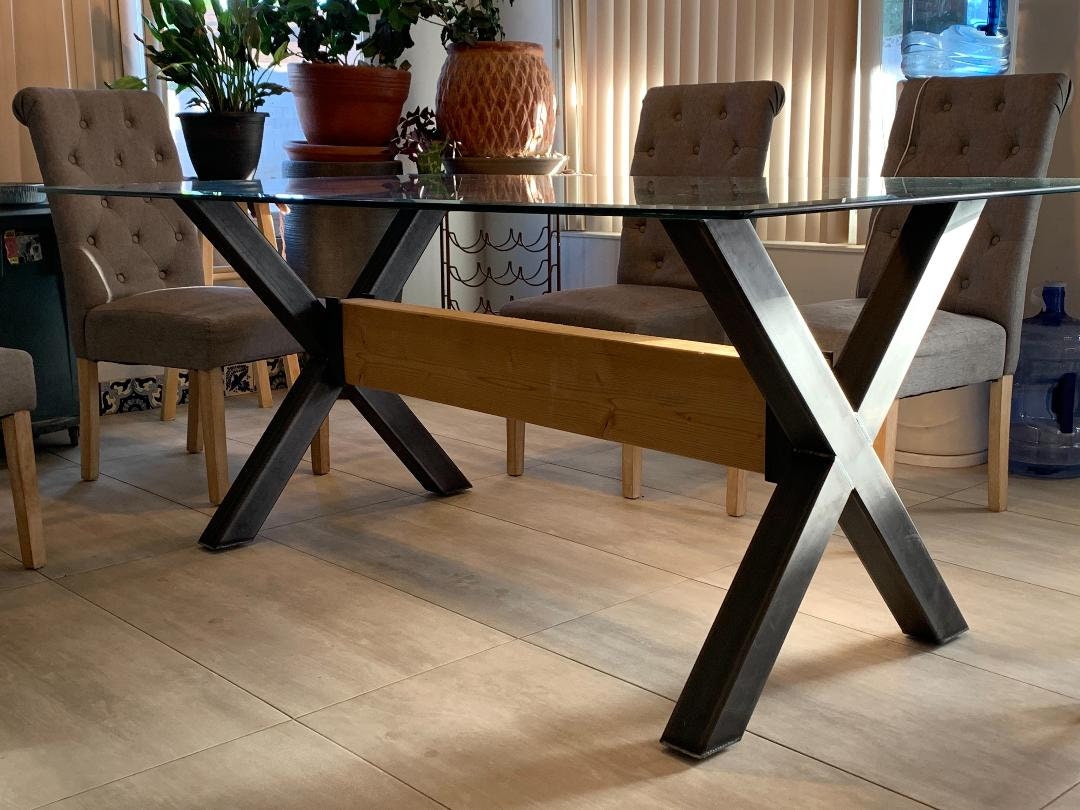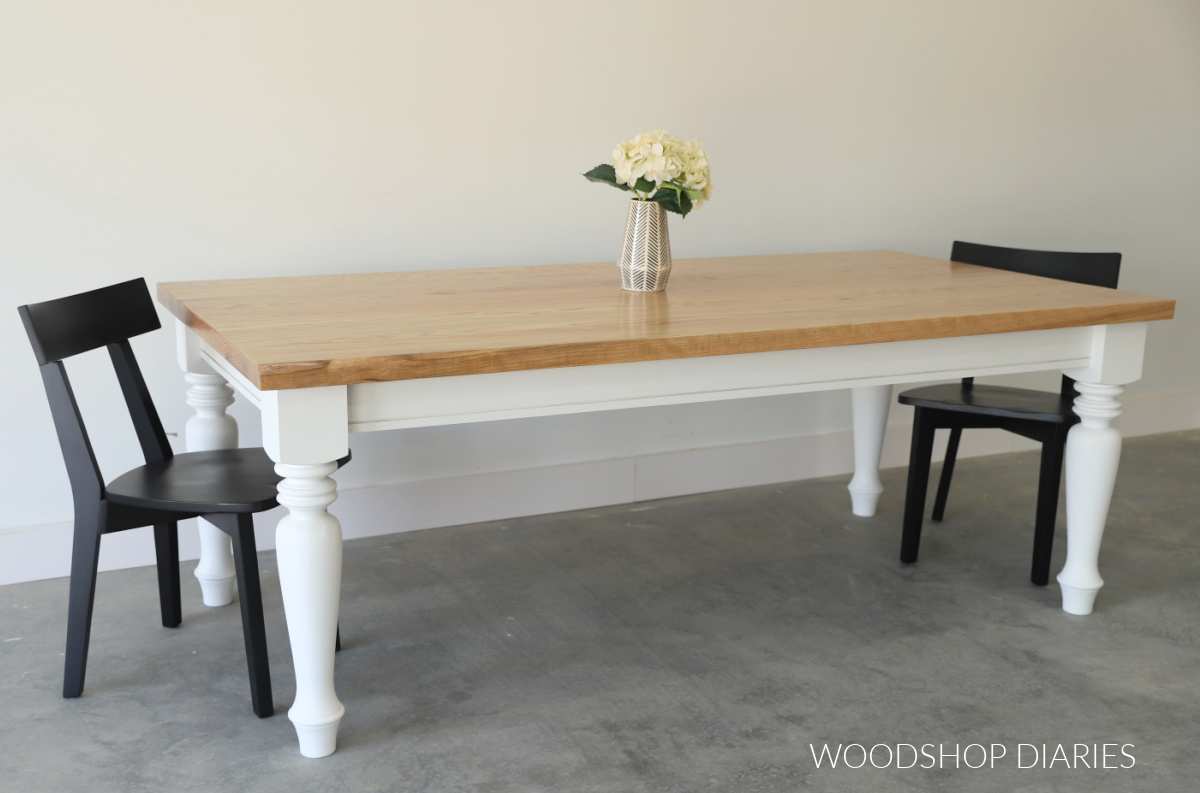Include Strength and Charm Utilizing Strong Dining Table Legs Wood Parts
Include Strength and Charm Utilizing Strong Dining Table Legs Wood Parts
Blog Article
Discovering the Different Sorts Of Dining Table Legs Timber for Your Eating Space
The selection of eating table legs timber can profoundly impact both the functional and aesthetic qualities of your eating area. Strong wood choices, such as oak and walnut, supply a traditional appearance with unrivaled resilience, while engineered timber options use ingenious layouts that mimic the splendor of natural grains.
Solid Wood Options

Moreover, strong timber is renowned for its strength and durability. Unlike engineered products, strong wood is less vulnerable to warping and damage with time when appropriately maintained. This makes it an ideal selection for family members or those who regularly host gatherings. Each item of strong wood is special, showcasing private features that include in the beauty and character of the eating table.
In addition, strong wood can be completed in various ways, ranging from all-natural oils to discolored surfaces, allowing house owners to customize their furnishings to match their decoration. In recap, selecting solid wood for eating table legs not just makes sure structural integrity yet likewise enhances the aesthetic charm of the dining location, making it a beneficial investment for any home.
Engineered Timber Alternatives

Plywood, constructed from numerous layers of wood veneer, is secure and specifically strong, making it an excellent option for dining table legs. Its split composition allows it to withstand modifications in humidity and temperature much better than conventional solid wood. MDF, on the other hand, uses a smooth surface area for paint or veneering, making it possible for designers to achieve a polished appearance while maintaining structural stability.
When choosing crafted timber alternatives, it is crucial to take into consideration the desired use and wanted aesthetic. These materials not just enhance the functionality of eating areas but likewise permit for greater style adaptability, ensuring that contemporary and standard designs can coexist sympathetically.
Reclaimed Timber Features
Reclaimed timber offers an unique blend of sustainability and personality, making it a significantly popular option for eating table legs. Sourced from old barns, factories, and various other structures, reclaimed wood personifies a background that brand-new materials simply can not replicate. Each item lugs its very own tale, marked by distinct imperfections, knots, and differing grain patterns, which add to a table's distinct aesthetic allure.
In addition to its visual appeal, recovered wood is an eco-friendly choice. By repurposing previously utilized materials, it minimizes the need for new lumber, thus aiding to preserve woodlands and lessen waste. This aligns with an expanding customer preference for sustainable techniques in home furnishings.
Furthermore, redeemed wood is frequently more sturdy than recently harvested timber due to its age. The all-natural drying procedure that reclaimed timber undertakes lead to a denser and stronger material, making it much less vulnerable to bending and splitting. This enhances the long life of dining tables, see post permitting them to endure the rigors of daily usage.
Softwood vs. Hardwood
When choosing table legs, comprehending the distinctions between softwood and wood is essential for attaining both aesthetic and useful objectives. Softwoods, originated from coniferous trees, such as ache and cedar, are characterized by their lighter weight and convenience of manipulation. They normally exhibit a more rustic look, making them suitable for country-style or informal eating areas. Softwoods are typically much less long lasting than woods, which can be a consideration for families or those seeking durability in their furnishings.
On the various other hand, woods, sourced from deciduous trees like cherry, oak, and maple, are renowned for their thickness, strength, and sturdiness. The elaborate grain patterns and abundant shades of hardwoods provide a sophisticated and timeless charm, making them suitable for official dining settings. While woods often tend to be extra costly and much their explanation heavier, their durability against damage usually warrants the financial investment.
Eventually, the choice in between softwood and wood for dining table legs should straighten with your style vision, usage demands, and spending plan, making certain that your eating space mirrors your individual design while staying practical over time.

Treatments and finishes
The aesthetic appeal and durability of table legs can be considerably improved with different surfaces and treatments. These processes not just shield the wood from damages yet additionally boost its look, permitting it to match varied interior styles.
One usual therapy is tarnishing, which permeates the wood and enhances its natural grain while including shade. Spots offer an abundant, classy appearance, allowing property owners to match their furniture with existing decor. Alternatively, clear coatings such as polyurethane or varnish produce a protective layer without modifying the wood's original tone, making sure toughness against damage.
Furthermore, natural oils, like tung or linseed oil, nurture the timber and use a subtle shine, all while being eco-friendly. These oils allow the surface to take a breath, protecting against dampness build-up and prospective bending.
For those looking for a rustic charm, distressed or weather-beaten finishes can be used to produce an aged appearance, including character to the piece. Inevitably, the option of finishes and therapies relies on personal choice, wanted appearances, and the details timber type, making it necessary to think about these variables when choosing eating table legs for your space.
Final Thought
To conclude, the choice of eating table leg materials substantially affects both the aesthetic and practical elements of an eating room. Strong timbers, crafted alternatives, and recovered alternatives each deal distinct advantages, accommodating numerous choices and needs. Comprehending the distinctions in between woods and softwoods, along with proper coatings and treatments, enables educated decision-making. Ultimately, the option of wood kind must straighten with desired style, sturdiness, and ecological factors to consider, enhancing the overall dining experience.
The selection of eating table legs wood can profoundly impact both the visual and functional qualities of your eating room - Dining Table Legs Wood. Strong this timber choices, such as oak and walnut, offer a traditional look with unrivaled sturdiness, while engineered wood choices supply cutting-edge styles that imitate the splendor of all-natural grains. Solid wood supplies a classic high quality that can raise the overall layout of an eating area. Each piece of strong timber is distinct, showcasing individual characteristics that include to the beauty and personality of the eating table
Furthermore, recovered timber is usually extra long lasting than recently harvested wood due to its age.
Report this page